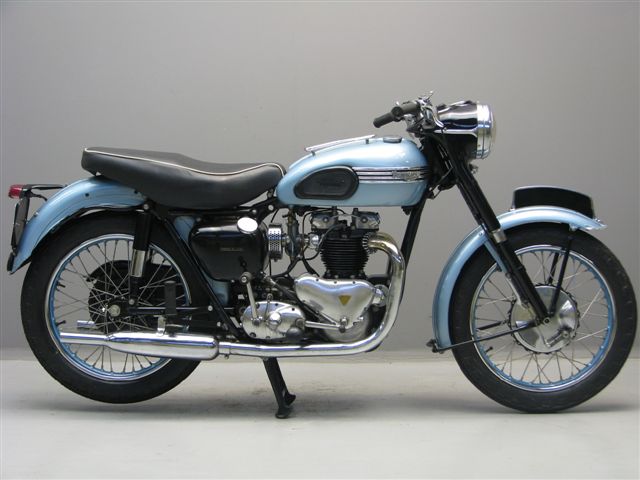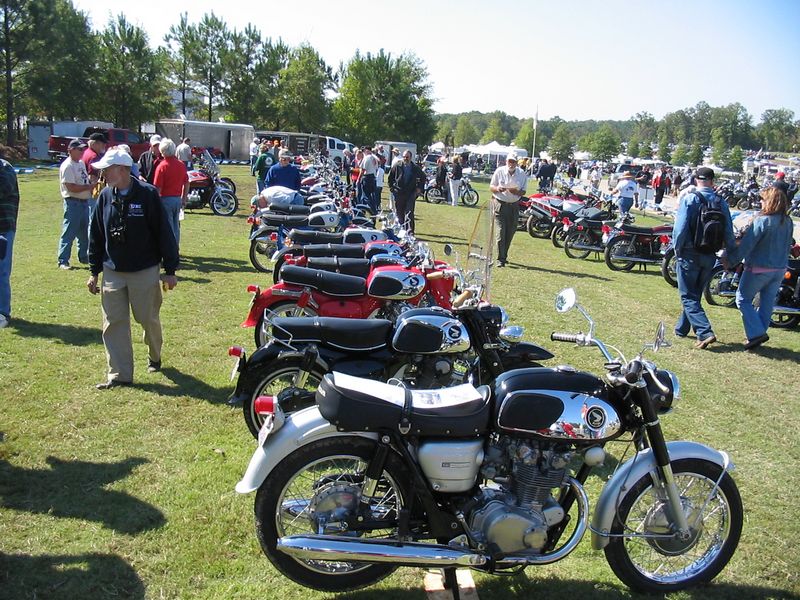





Steve Mcqueen purchases his first Husqvarna motocross bike from Edison Dye's Med-International in a Mesa, California.
Steve McQueen bought his first Husqvarna, a 250cc Cross, from Edison Dye's Med-International and soon after became a regular customer, along with his friend, legendary motorcycle stunt-man Bud Eakins ("The Great Escape"). McQueen would return to buy two Husqvarna 400 Cross bikes that would wind up being used in the 1971 motorcycle film "On Any Sunday".
Edison Dye is considered by many to be the father of motocross in the United States. In the late 1960's, Dye brought over many of Europe’s top motocross stars to race against the scrambles racers of America. It was no contest. The European riders totally dominated. The Europeans, who had been racing motocross since just after World War II, were far superior in both their riding techniques and training methods. He had a vision....
Born in Iowa on May 10, 1918, Dye would move to San Diego shortly after the war and ran a successful trucking business for over ten years. Needing something more, he left the trucking business and in 1960, decided to take some time and tour Europe. He did so by opening a motorcycle touring business, running tours to the Isle of Man TT races.
His travels would eventually expose him to motocross. It was love at first sight. Always eager for new opportunities, Dye called and made an appointment to meet with Husqvarna officials about selling motocross bikes in the US. He took a couple of bikes to the States and asked Malcolm Smith to try one out. Smith told him he only rode Greeves, but he finally agreed to ride the Husky to give Dye his opinion of the bike.
"We went up in the hills," recalled Dye. "Malcolm was gone a long time and when he came back he had this shit-eating grin on his face. He told me it was a great bike and that he’d like to try it out in a desert race that weekend. He went out won that race by over 22 minutes. After that, Malcolm became one of my best riders. He rode for me for six years and I consider him the best long-distance rider in the world."
Throughout the late 1960's Dye would bring some of the best European riders to America to race, which led to him forming the influential Inter-Am motocross series. Motocross racing in America was well on its way to its boom years of the 1970's. He finally retired in 1986.
"I had spent the biggest part of my life racing on the weekends, selling bikes during the week. I was ready for some rest," he says.
His style and personality seemed a bit out of place in the cow pastures of America with his custom-tailored jackets, often accompanied by impeccably dressed and beautiful women and his trademark 'stroker' cap. Dye was often described as eccentric. He was certainly unconventional.
Edison Dye will go down in history as one of the most influential figures in U.S. motocross. In the process of trying to sell more Husqvarnas, Dye brought motocross racing to the United States.
Today in motorcycle history proudly supports the National Association for Bikers with a Disability (NABD). www.nabd.org.uk

_OswaldDittrich_GER_Kreidler50_day2.JPG)




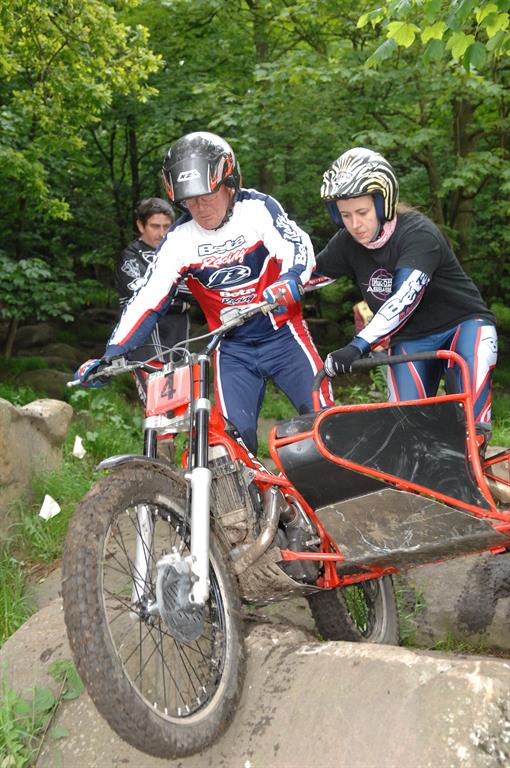









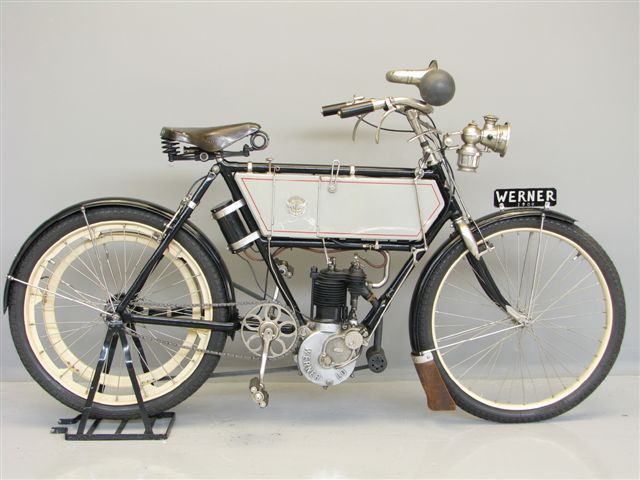
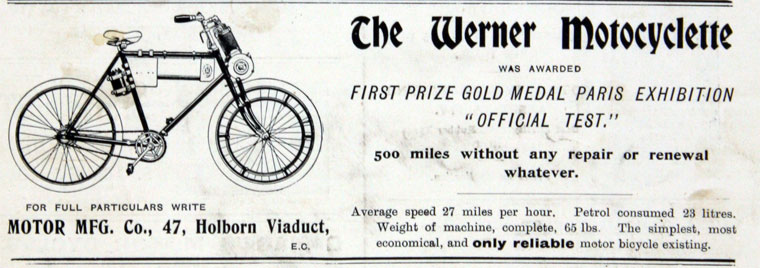


_1.jpg)
_2.jpg)


